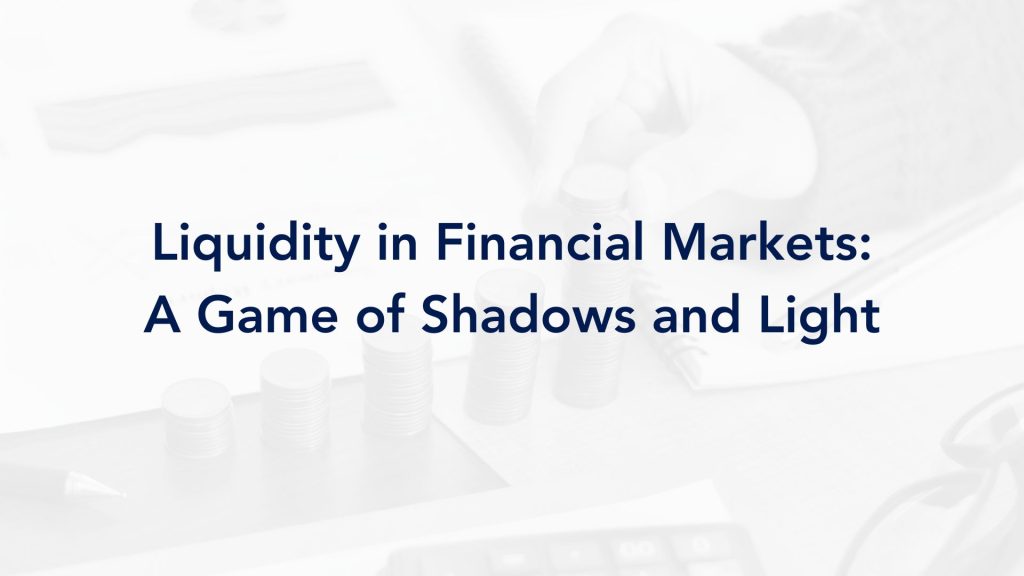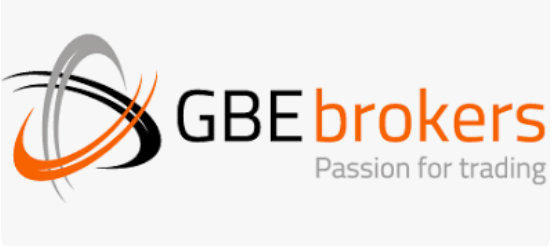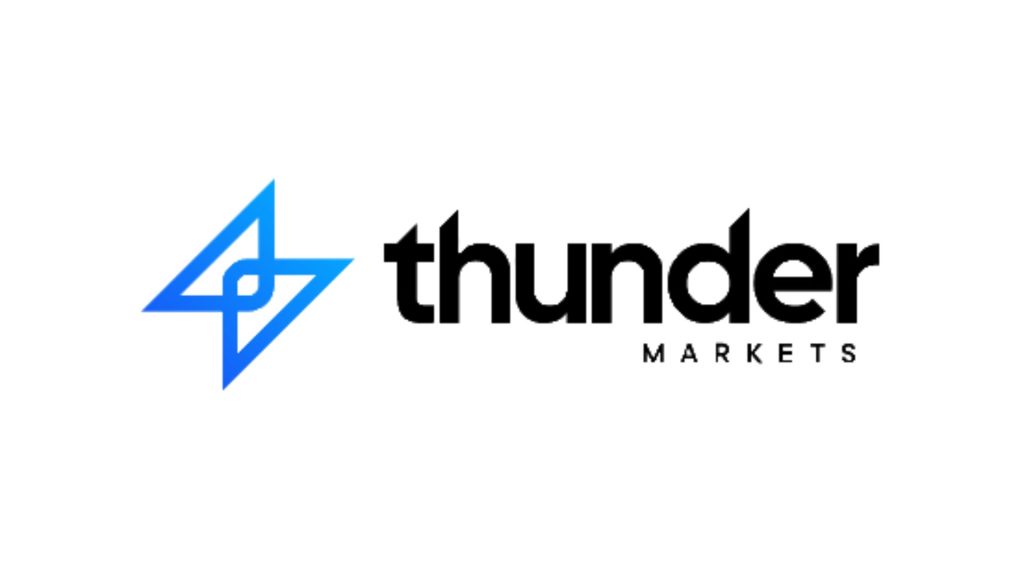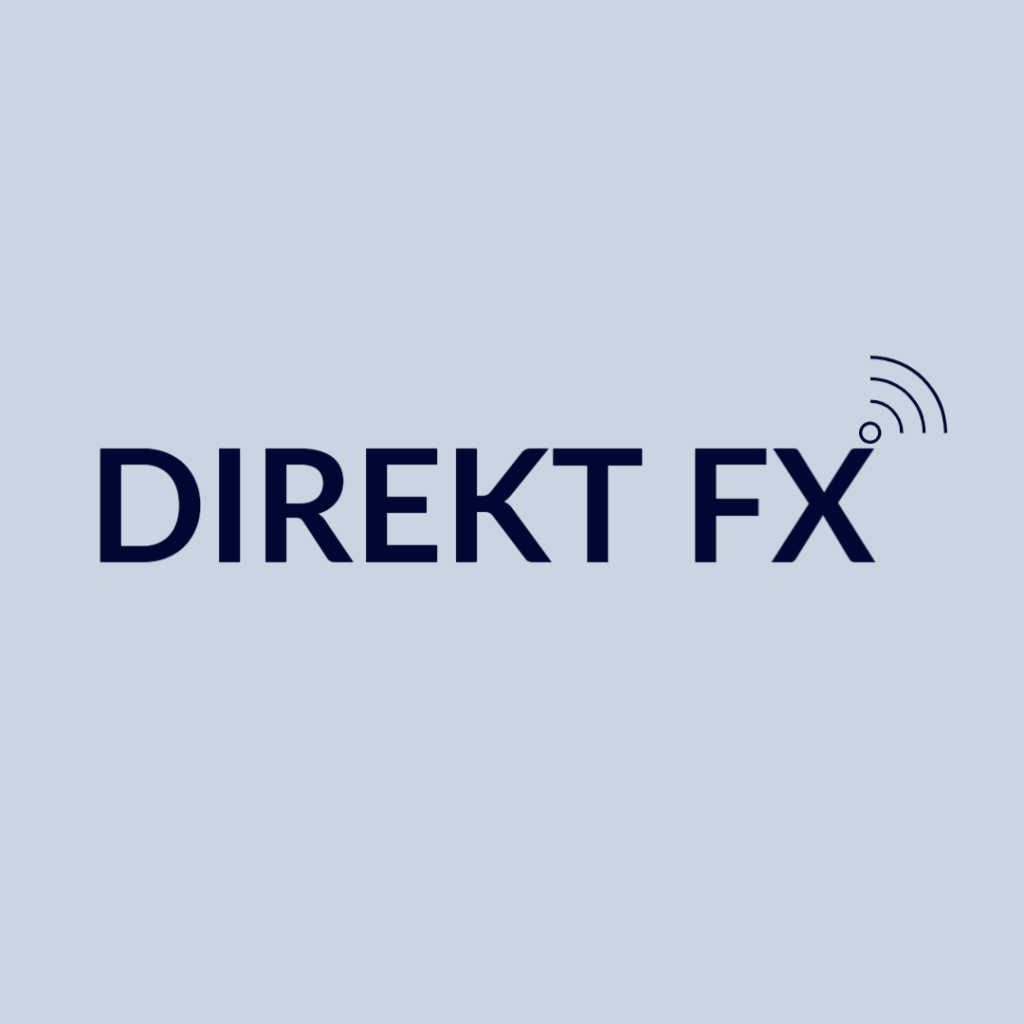
Liquidity in Financial Markets: A Game of Shadows and Light
Liquidity within financial markets is an ocean of firms claiming to provide market depth, direct access to bank quotes, and market-making services, but behind that façade of stability and immediate availability lies a far more complex reality. Liquidity providers have become key players for brokerage startups, prop trading firms, and investment funds by facilitating faster, more autonomous access to real-time markets. However, intense price competition, opaque order books, and the lack of independent audits have led some providers—tempted by short-term profitability—to sacrifice the robustness of their balance sheets and jeopardize trade execution and operational integrity. In this environment, trust becomes a scarce commodity: many promise ultra-tight spreads and minimal latency, but few can demonstrate with verifiable data the quality of their fill rate, the consistency of their pricing engine, or the resilience of their business model under volatility spikes.
For professional investors or fintech counterparties to make informed decisions, it’s essential to rely on an accredited data source that combines quantitative and qualitative metrics. In this regard, Liquidity24 emerges as a platform that rejects the pay-for-review model and advocates continuous evaluations based on real audits. Its methodology integrates technical indicators such as average spread, order execution rate (fill rate), frequency of slippage in various volatility scenarios, and access-latency times, alongside qualitative variables like compliance history, response to market-stress events, and regulatory-capital strength—including minimum capital ratios under Basel III/IV. Additionally, Liquidity24 conducts thorough verification of client-fund segregation, credit-line solvency, and current certifications (FCA in the U.K., CIMA in the Cayman Islands, SFC in Hong Kong, CFTC in the U.S.), ensuring that providers not only operate in compliance with regulations but also maintain internal controls to mitigate counterparty risk.
The rise of fintech and decentralized exchanges has multiplied liquidity options, but it has also increased the complexity and risks associated with selecting a counterparty. Unethical practices—such as manipulating spreads during specific periods, co-mingling client funds with operating capital, or omitting independent stress tests—can lead to extreme illiquidity events, impacting both trading results and portfolio stability. Therefore, due diligence must go beyond a simple review of websites or forum comments: it involves verifying licenses and registrations with regulatory bodies, analyzing audited financial statements, and examining external audit reports that detail fund segregation, credit-line solvency, and the risk controls associated with the pricing engine.
Independent audits play a fundamental role in underpinning the credibility of any liquidity provider. A rigorous report should include stress tests under extreme market conditions, validation of pricing engines, a review of collateral-management systems, and certification of compliance processes. This transparency not only enables investors to compare different providers against objective technical criteria but also incentivizes liquidity firms to maintain high operational standards and corporate governance. In a market where opacity can translate into multimillion-dollar losses and erode trust, initiatives like Liquidity24 help build a more efficient, fair, and resilient ecosystem, where participants can operate with confidence that their counterparty will act with integrity and solvency.
Written by Stephany Rojas
Independent Consultant – Brokerage, FinTech & Prop Trading Firms





